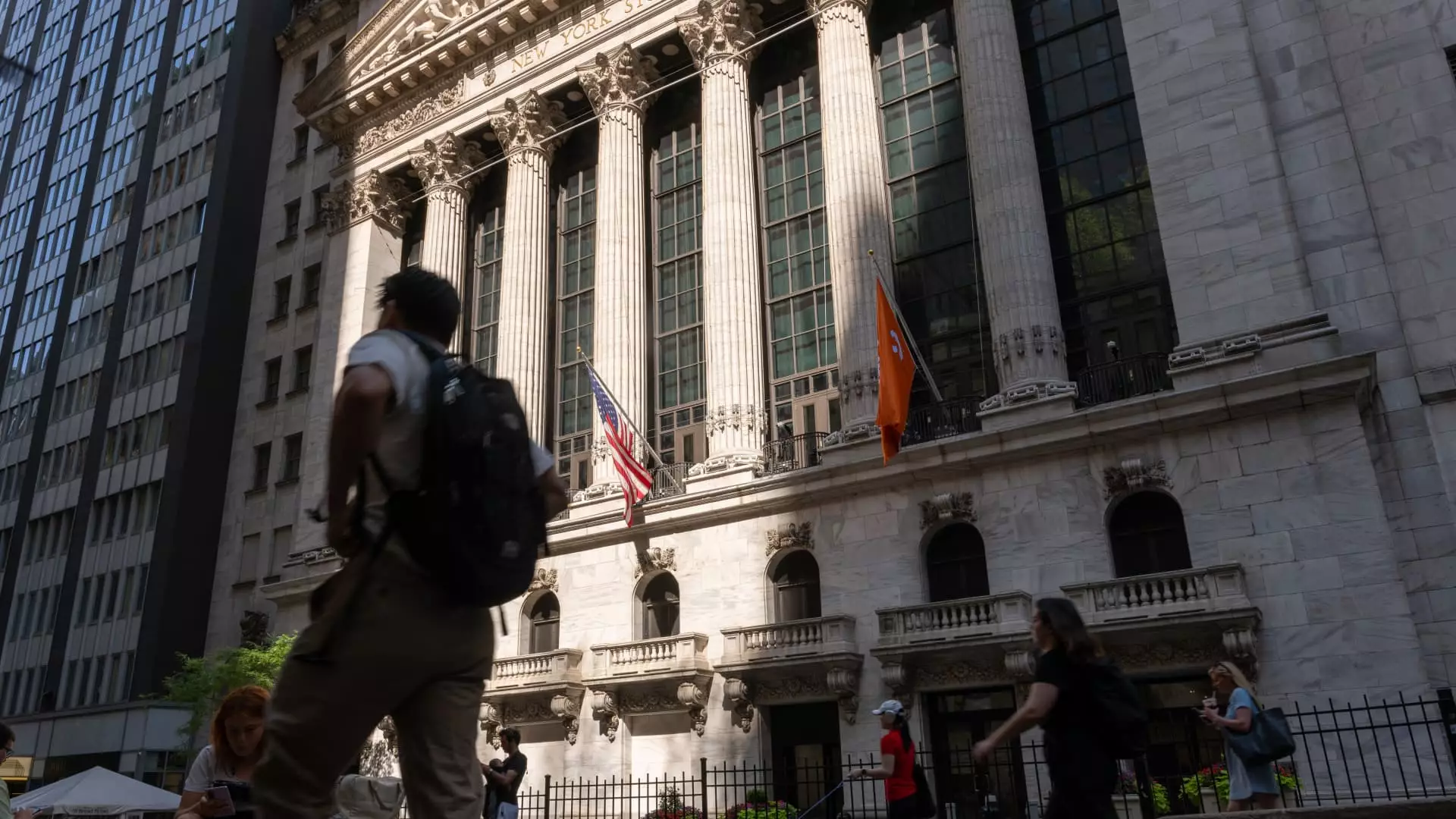The landscape of mergers and acquisitions (M&A) is a fleeting tapestry, continuously woven and unwoven by the hands of economic policy and market conditions. Recent fluctuations due to the Trump administration’s tariff policies cast a shadow on what many anticipated would be a vigorous year for deal-making. Tariffs, thrust upon industries with little regard for the ripple effects on the market, caused dealmakers to retreat momentarily, as a wave of uncertainty washed over financial forecasts and risk assessments. Yet, interestingly, this procurement landscape is showing signs of recovery, rekindling that ever-elusive hope for potential growth and expansion among corporations.
For those monitoring the financial corridors, the return of M&A enthusiasm is akin to glimpsing a flicker of hope in an otherwise dimly lit room. The initial promise of the year had businesses gearing up for substantial deals, brimming with optimism precipitated by an easier regulatory environment and a perceived decline in inflation fears. However, the abrupt intrusion of tariffs shook this optimism, leading to major market instability. As the sector recoils from shock, our attention should turn to how resilient it can be in face of privileged disruptions—because therein lies a paradox worth dissecting.
Tariffs: The Double-Edged Sword
The delicate balance of free trade versus protectionism has all too often highlighted the frailty of corporate ambitions. Tariffs, while designed to protect American industries, inadvertently stunted M&A activity, spurring fears of rising costs and decreasing asset values. A staggering dip of 66% in U.S. deal-making during the first week of April post-tariff announcement underscores the severity of these policies’ impact. This situation draws attention to the irony that while tariffs aim to defend sectors from foreign competition, they often suffocate domestic growth opportunities by burdening companies with caution.
Amidst this backdrop, voices like investment guru Charles Corpening emerge, hinting at a renaissance of M&A activity once the summer brings clarity in trade regulations and market conditions. It is a refreshing idea that instead of succumbing to uncertainty, companies might leverage special situations M&A—transactions driven by motivated sellers willing to navigate the liminality and volatility of contemporary economics. The market thrives on flexibility, and in this paradigm shift, adaptability becomes as crucial as innovation.
Rising from the Ashes of Adversity
Despite setbacks, a wave of recent large transactions paints a promising picture. The tech sector, utilities, and telecommunications have remained active regardless of external pressures, with notable deals such as Constellation Energy’s acquisition of Calpine and Walgreens’ agreement with Sycamore Partners. Such vigor suggests that while some sectors quivered under tariffs’ weight, others fortified their resolve, navigating through adversity to grip onto substantial opportunities.
This brings us to the realization that the merger ecosystem is not only about the sheer volume of deals but also about the strategic mindset adopted by companies. For instance, large consumer brands like Kraft Heinz are now exploring potential transactions and divestitures as a response to evolving market dynamics rather than hitting pause. Their willingness to engage in smaller-sized deals exemplifies a growing trend towards pragmatism—a move that recognizes the necessity of remaining agile in a shifting economic landscape.
The Vision for M&A’s Future
As we delve deeper into the portfolios and strategies of ambitious players in the M&A field, it becomes clear that there is a shift happening—one that embraces both resilience and flexibility. The period of stagnation enforced by tariff-induced anxiety has given way to a burgeoning interest in smaller, more manageable deals that can proliferate without the looming threat of regulatory entanglements. PepsiCo’s acquisition of Poppi for $1.95 billion not only exemplifies this trend but also indicates a thoughtful approach to market growth where consolidation is not always the guiding strategy.
Furthermore, the insights from industry analysts point to an impending paradigm shift where companies will seek deals that align with their core competencies and market realities. The meticulous preparation for more targeted acquisitions amidst uncertainty reinforces the idea that adaptability is essential. Companies can no longer afford to adhere to traditional strategies anchored in past practices; instead, they must evolve, taking nuanced approaches to M&A in tune with changing global economic landscapes.
In this climate rife with challenges, the narrative surrounding mergers and acquisitions is shifting from mere survival to strategically harnessing the opportunities that lie beneath the surface. As we venture forth into this transformative period, it is vital to embrace this newfound sense of meritorious optimism, for the true power of mergers lies not just in their audacity but in their ability to foster resilience and innovation.

